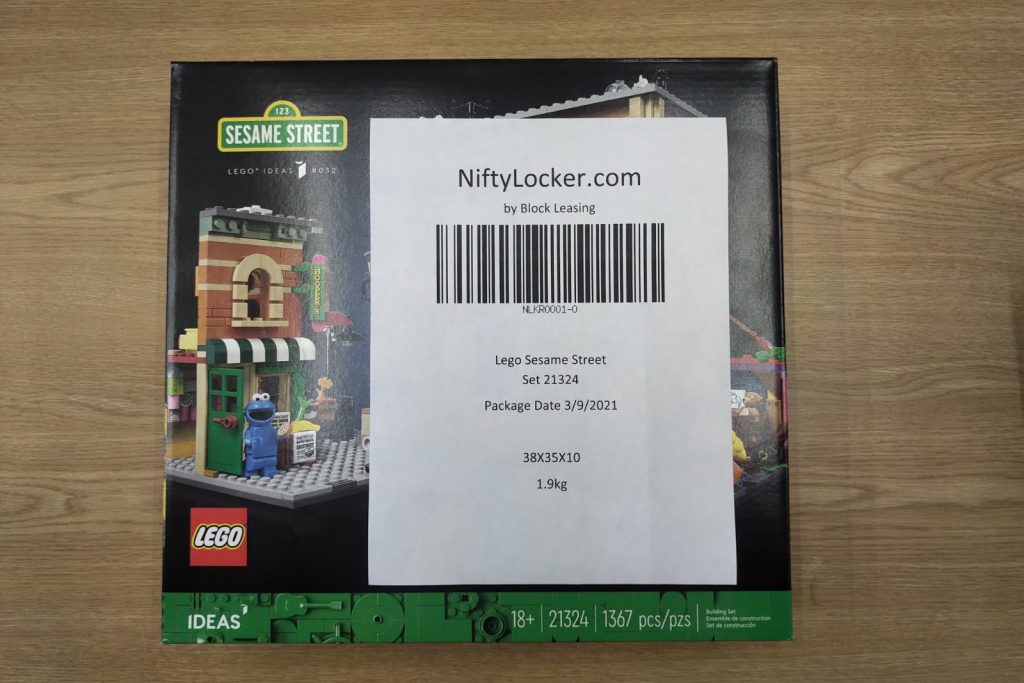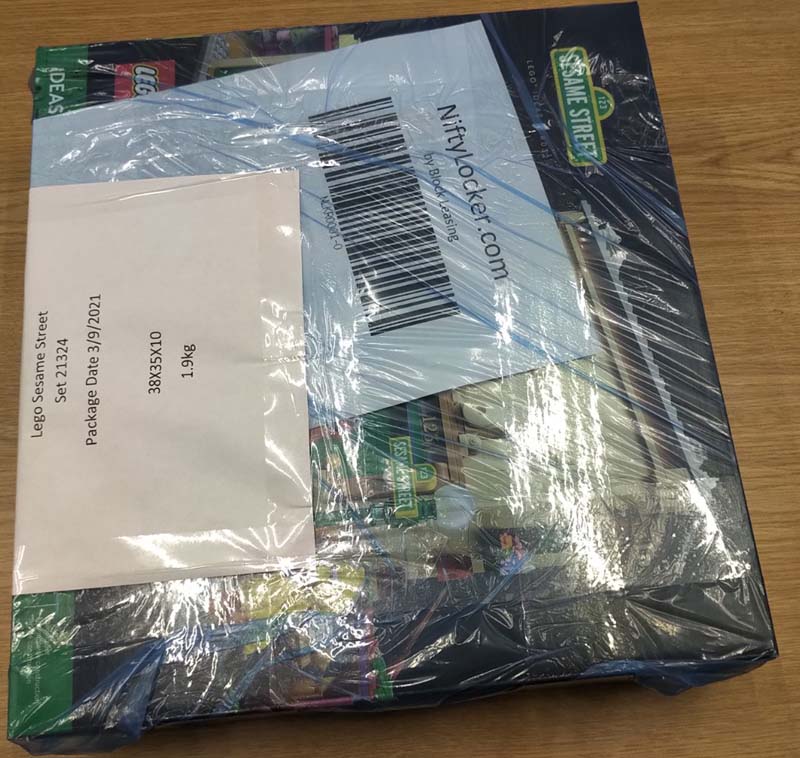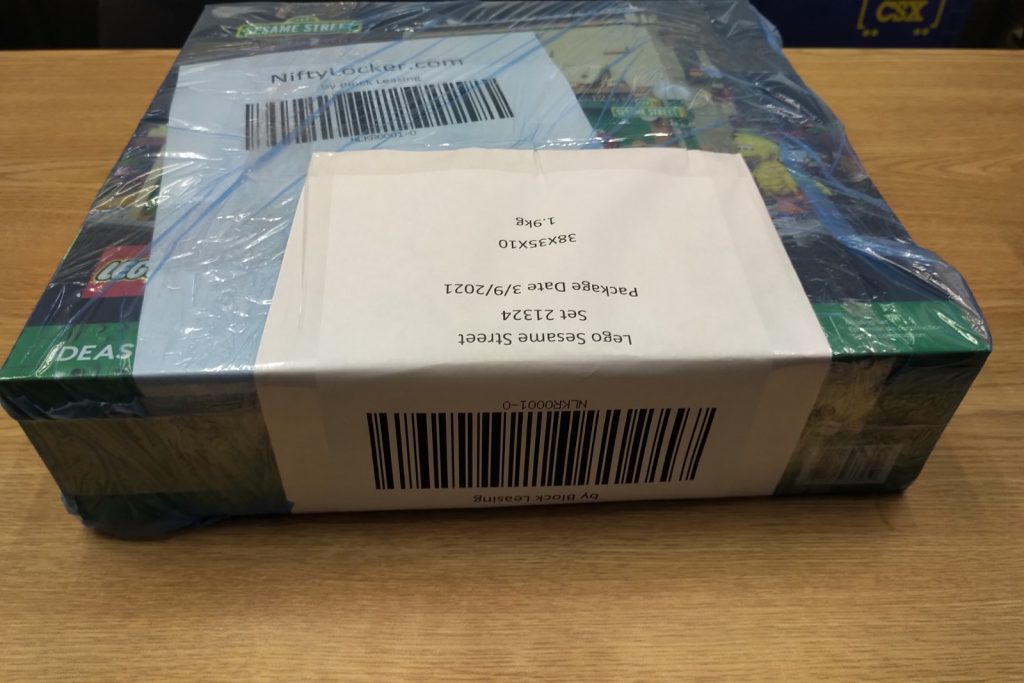An image file. A short video clip. Song lyrics. Certainly any of those can be enshrined in a digital NFT. But, what do you actually own?
You don’t own the NBA player. And that video clip is the same file everyone else can see for free. Do you get the royalties from the song when played on the radio? And if the NFT’s maker turns off their web server does your item still exist?
You may not be the only person scratching your head about digital only NFT’s. They are fun. But are they really of long term value?
Enter the world of Physical NFTs – also known as item deeds.
When NiftyLocker.com issues an NFT it is the digital representation of the actual physical item. Essentially, it is a deed to the product sitting on the shelf in our warehouse. It has the benefits of both the physical and digital world – a real item that is as easy to trade and swap as a digital only token.
Of course you can buy a box of lego at the local store and keep it in your closet. Each time you move you can pack it, move it and put it in another safe place. One day when you come home from work you might find the kids playing with it… the collectible value now gown. But what if you could own that same box of lego and have it stored for you? No moving. No accidental opening.
When you are ready to have the lego physically present, simply redeem the NFT and we’ll ship you the item. Or, sell it to someone else and never see the box in real life. It’s your choice.
How We Create Physical NFTs
Each of our NFTs start with a physical collectible object. In our example, its a box of Sesame Street Lego. The box is received at our facility from an authorized supplier to ensure it is legitimate and genuine. We image the item along with our internal tracking information.

During imaging, any defects to the package are noted for later inclusion in the meta data. This ensures you know if the box isn’t “retail ready”. The image you see online is the actual product. Even if we have many of the same item, we image each one separately.

Each item is wrapped in plastic. This prevents water damage, dust or other contaminants from coming in contact with your item. It also binds the information sheet to the item without using tape or adhesive. A second copy of the tracking sheet is taped to the outside of the package. The NFT is now ready to be sent to our long term storage facility.

We store our items so that the individual barcode tracking number is available for inventory control. This allows quick scanning of each item to provide updates in the meta data for “last seen” dates, etc.
The NFT is now listed on one of our trading platforms. Due to high gas costs on the main Ether network, we also offer NFTs on the Polygon chain. NFTs on both networks are visible in your items collection on Opensea.io. Ether NFTs can be more easily traded, while Polygon NFTs are better suited to long term storage until Opensea enables Polygon trading.
Our NFTs are governed by our terms of service.
You can view available NFTs on our website. We accept purchase on chain as well as via Paypal, ETransfer and more. See our purchase page for details.
Need to know how to redeem?
